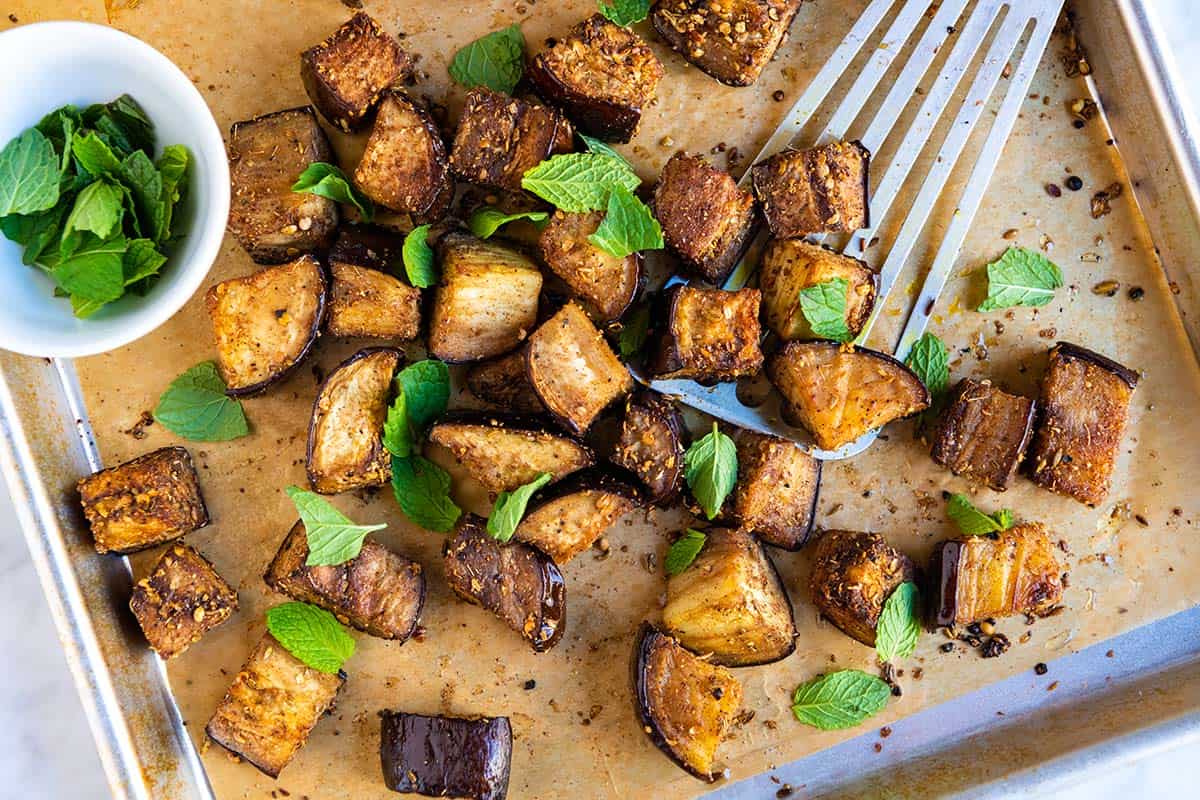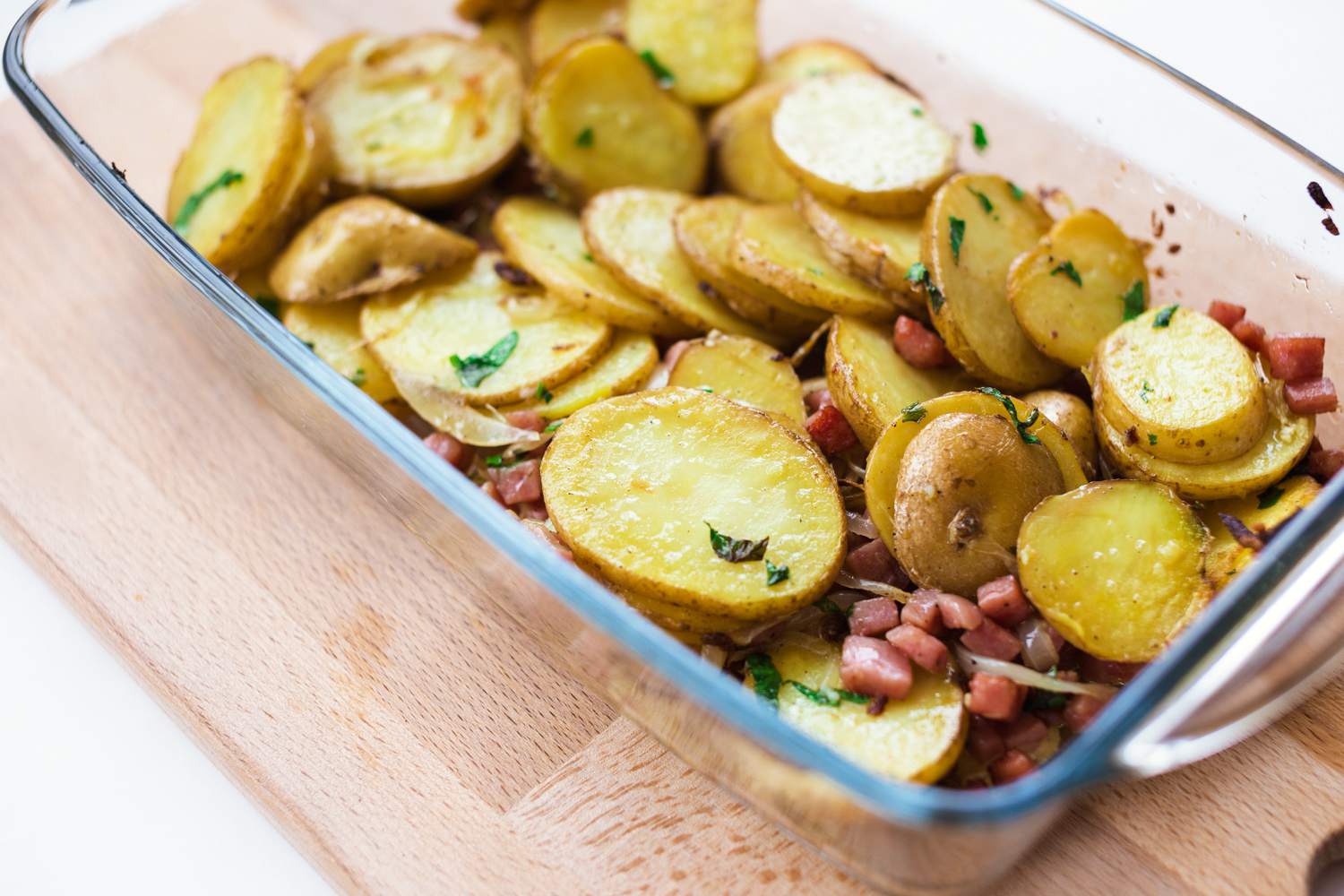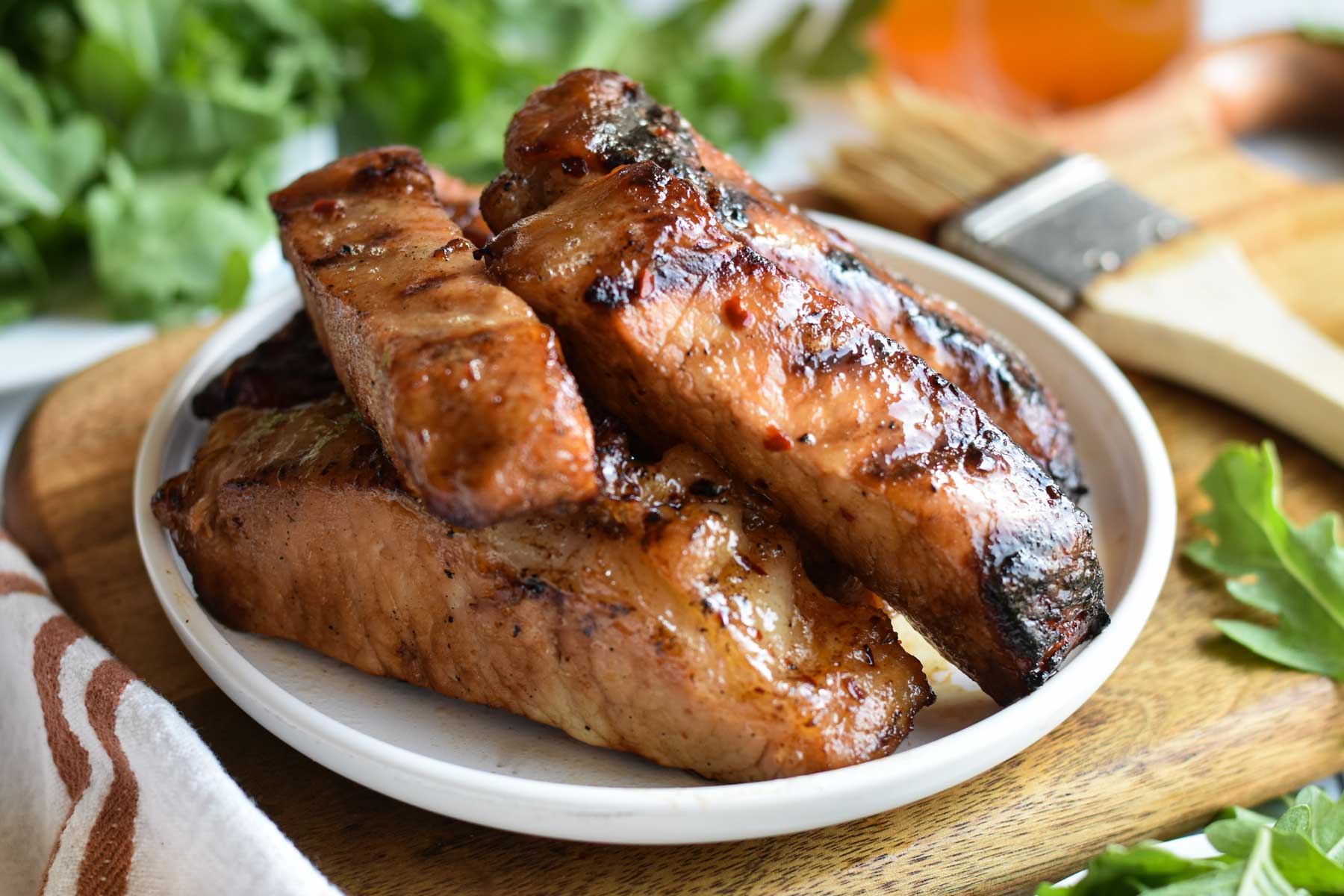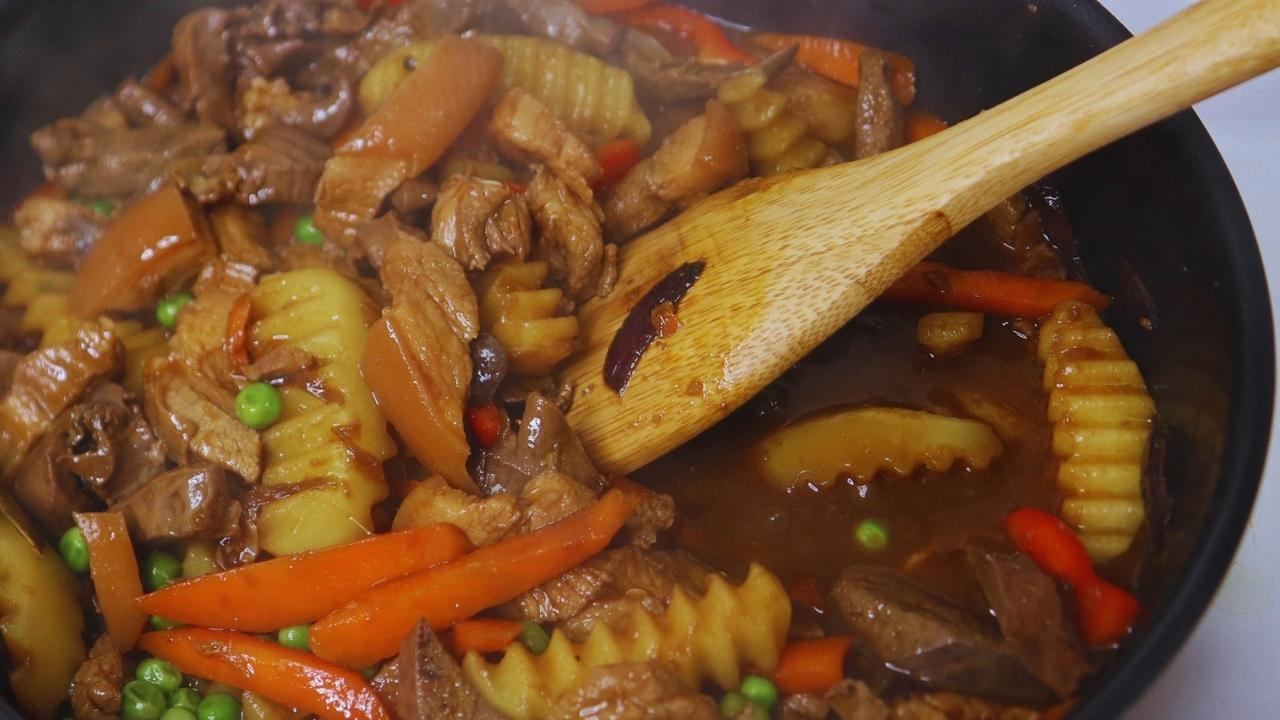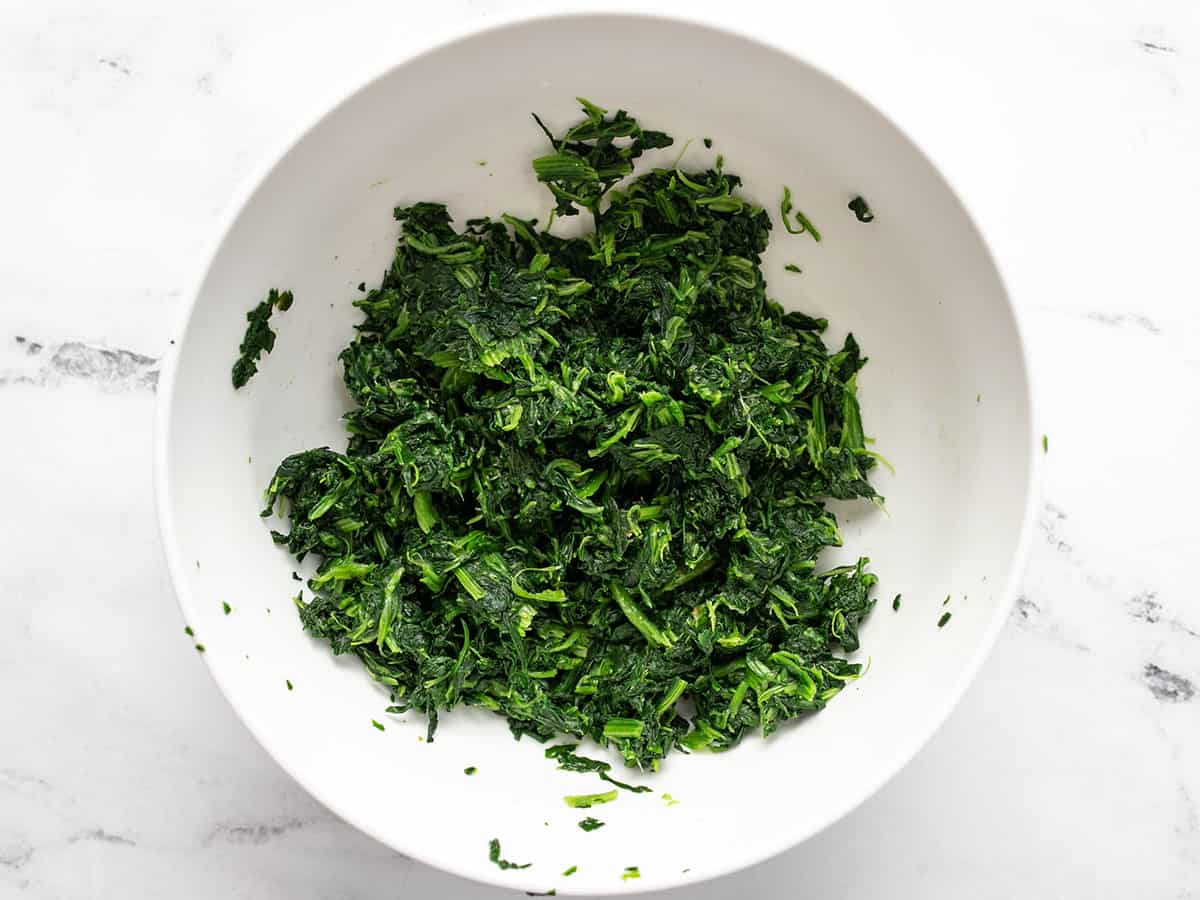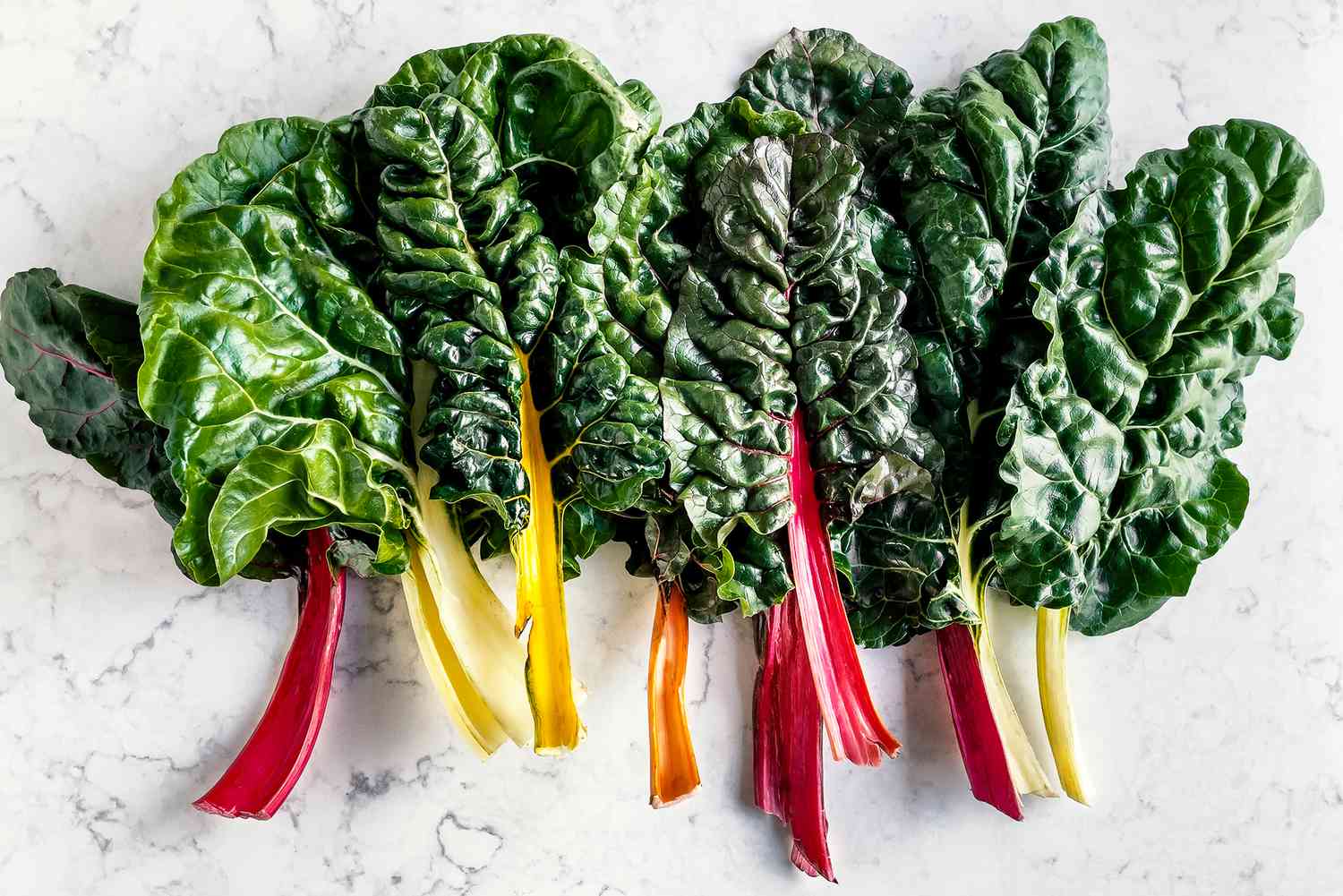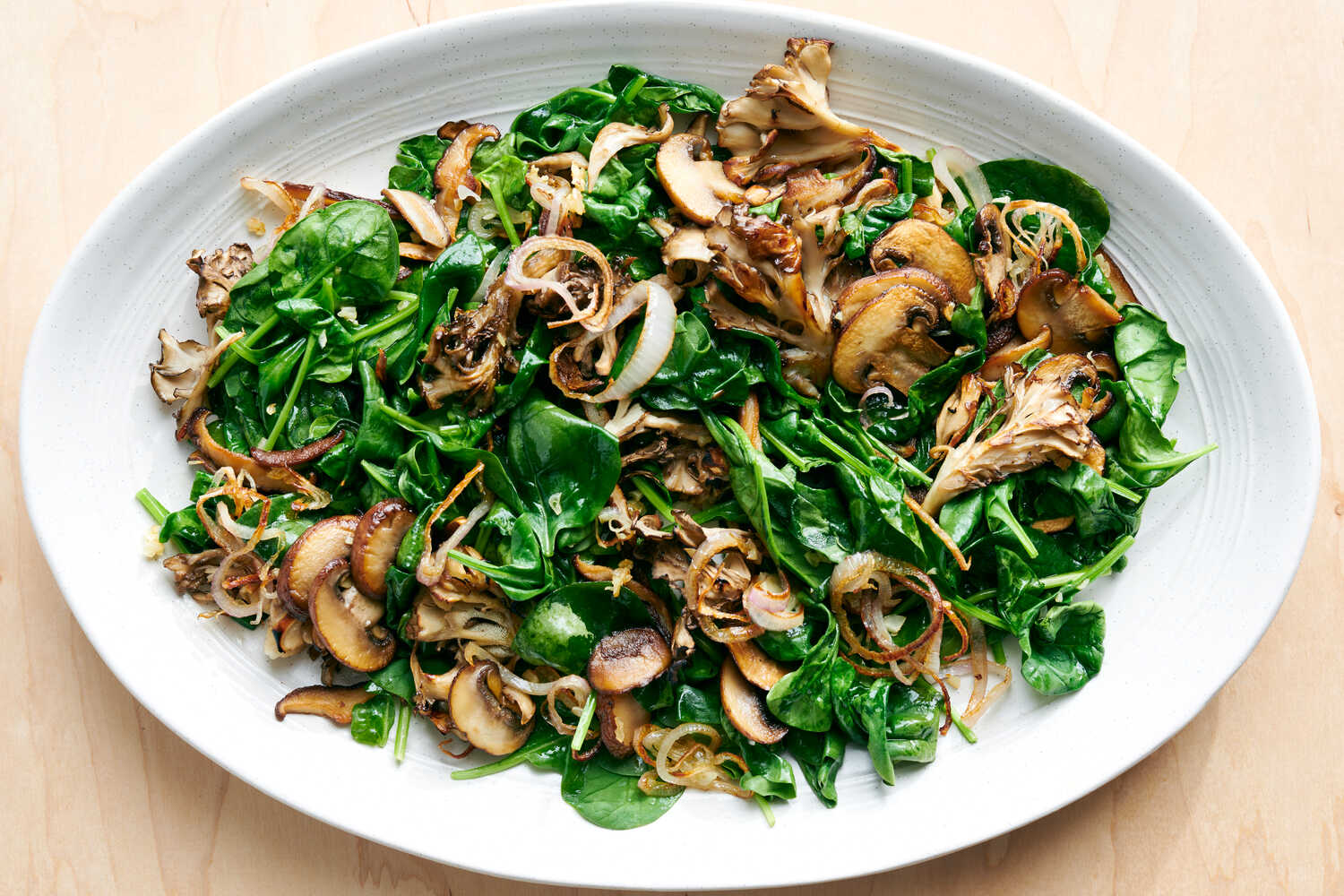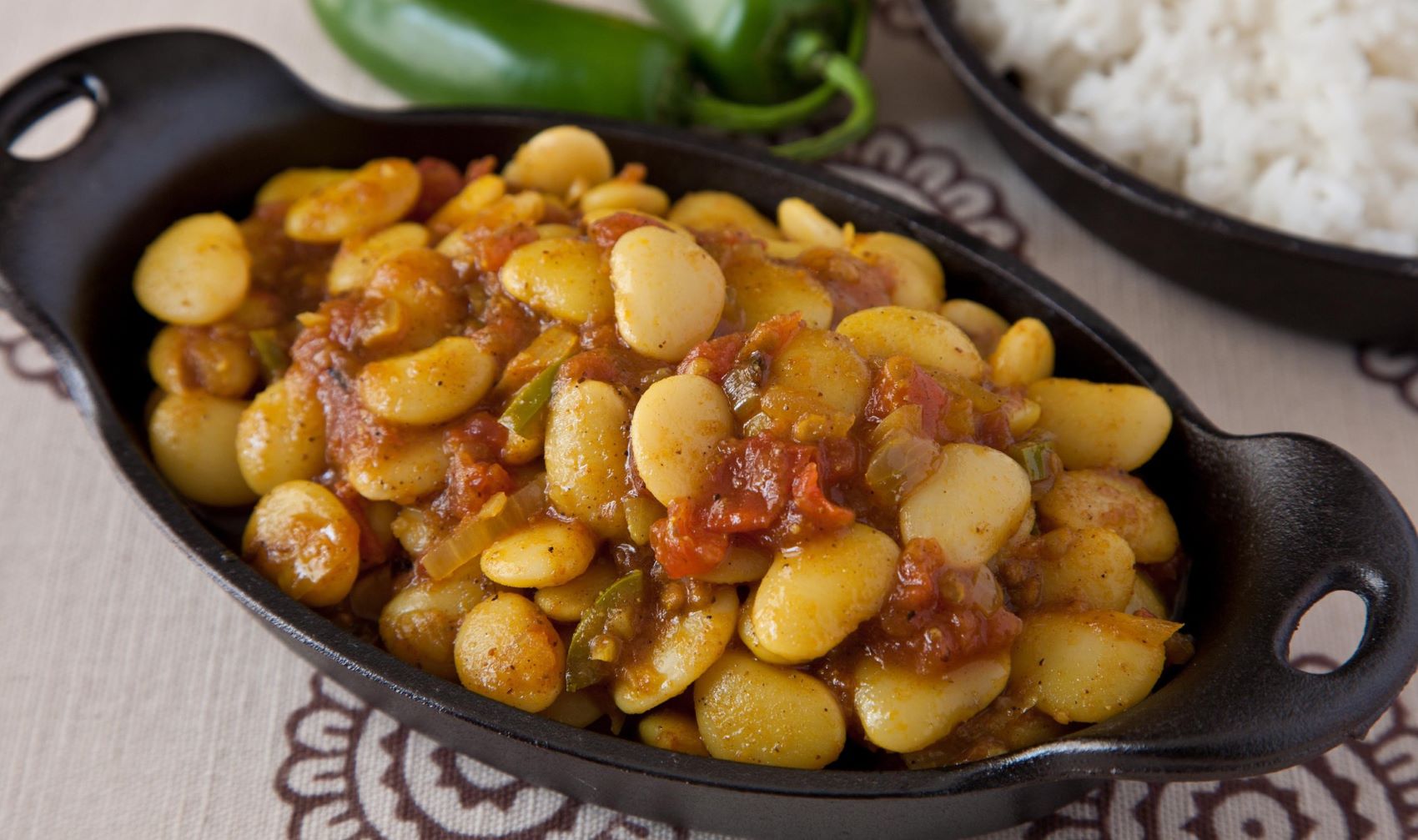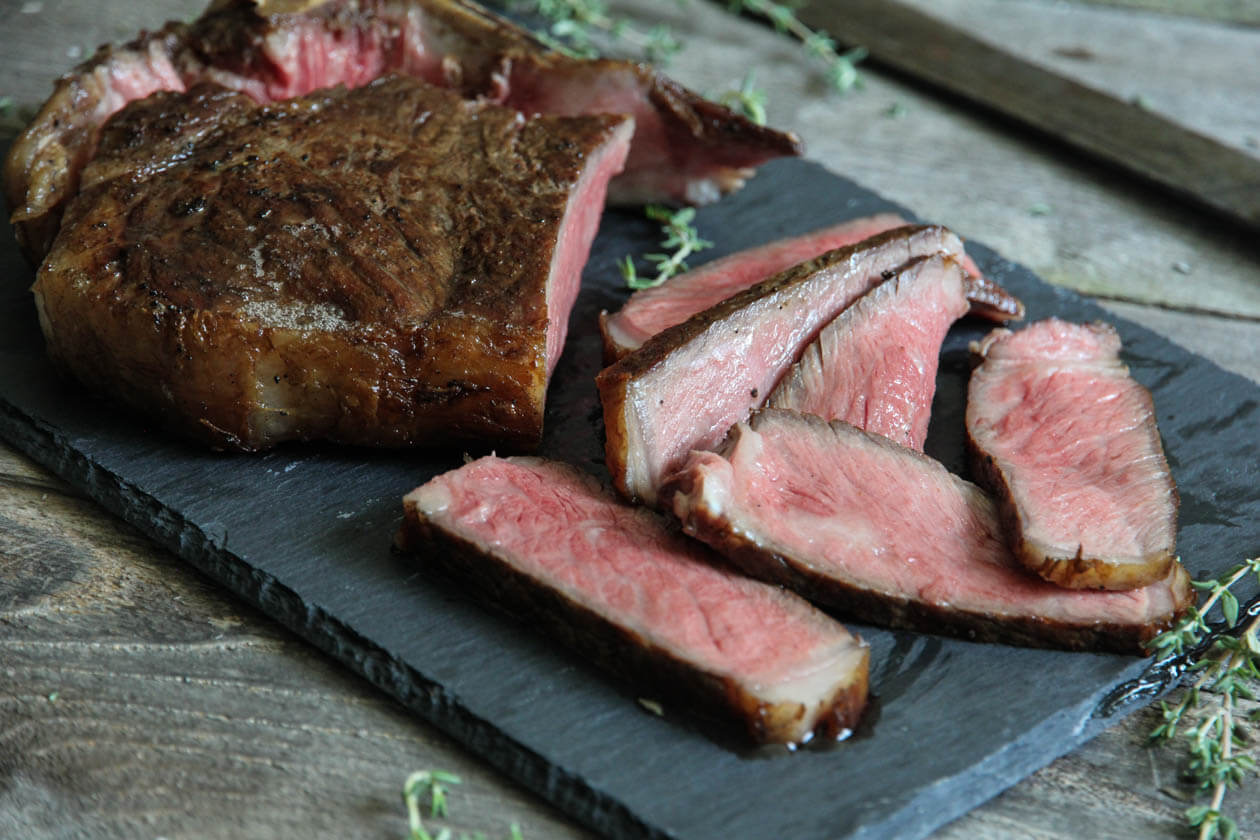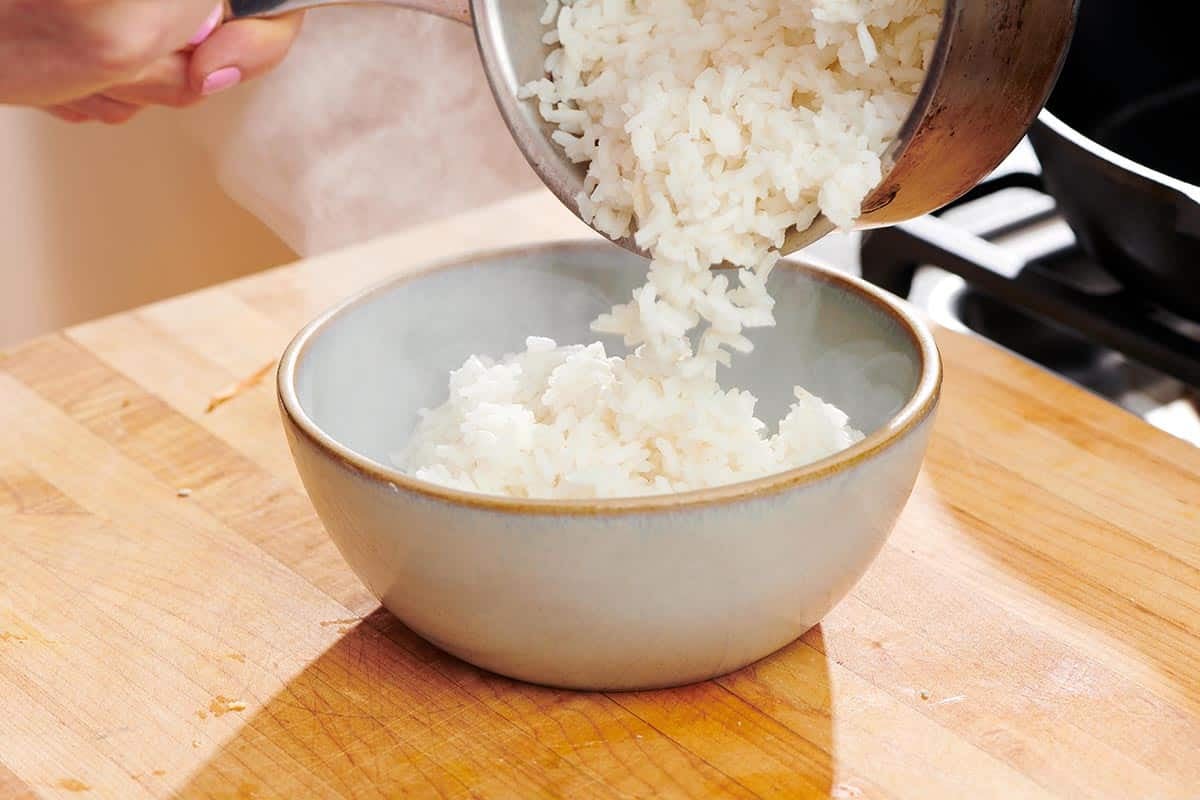Unlock the Flavors: A Guide to Cooking Frozen Beets
Beets are vibrant, earthy, and nutrient-rich root vegetables that are beloved by many. While fresh beets are a popular choice for cooking enthusiasts, not everyone has access to them year-round. Luckily, frozen beets offer a convenient and versatile alternative. In this guide, we will share some easy and delicious methods for cooking frozen beets, so you can unlock their incredible flavors any time of the year.
Why Choose Frozen Beets?
Frozen beets come with a range of benefits that make them an excellent option for home cooks:
- Convenience: Frozen beets are readily available in most grocery stores, saving you the time and effort of hunting for fresh ones.
- Extended Shelf Life: Frozen beets have a longer shelf life, allowing you to keep them in your freezer and use them whenever you need.
- Nutritional Value: Freezing technology helps preserve the essential vitamins and minerals present in beets, ensuring you still get the health benefits they offer.
Methods for Cooking Frozen Beets
When it comes to cooking frozen beets, there are several methods you can try. Here are three popular techniques:
1. Roasting
Roasting frozen beets is a fantastic way to enhance their natural sweetness and develop a caramelized flavor. Here’s how to do it:
- Preheat your oven to 400°F (200°C).
- Place the frozen beets on a baking sheet, drizzle them with olive oil, and sprinkle with salt and pepper.
- Roast the beets for about 35-45 minutes, or until they are tender when pierced with a fork.
- Allow the beets to cool slightly before peeling off the skin. The skin should come off easily.
- Slice, dice, or chop the roasted beets as desired and use them in salads, grain bowls, or as a side dish.
2. Steaming
Steaming is a great way to retain the vibrant color and delicate texture of frozen beets. Follow these steps for perfectly steamed beets:
- Fill a large pot with a few inches of water and place a steamer basket inside.
- Bring the water to a boil over medium heat.
- Add the frozen beets to the steamer basket, cover the pot, and steam for 10-15 minutes, or until the beets are fork-tender.
- Remove the beets from the steamer basket and let them cool slightly.
- Peel off the skin, slice, and serve the steamed beets in salads, sandwiches, or wraps, or enjoy them as a tasty snack.
3. Boiling
Boiling frozen beets is a quick and fuss-free method that is perfect for busy days. Here’s how to do it:
- Fill a large pot with water and bring it to a boil.
- Add the frozen beets to the boiling water and cook for 15-20 minutes, or until they are tender.
- Drain the beets and cool them under cold running water.
- Once cooled, remove the skin, and your beets are ready to be used in various recipes.
Enjoying Your Cooked Beets
Now that you have cooked your frozen beets, it’s time to savor their delicious flavors. Here are some ideas:
- Add them to salads for a burst of color and nutrients.
- Create a hearty beet soup by blending them with broth and other vegetables.
- Toss them into roasted vegetable medleys for an extra touch of sweetness.
- Make a vibrant beet hummus by blending them with chickpeas, garlic, and spices.
- Use them as a topping for homemade pizzas or flatbreads.
There you have it! With these cooking methods and serving suggestions, you can now confidently embark on your culinary journey with frozen beets. Rediscover the wonders of this versatile root vegetable and enjoy its delightful flavors throughout the year.
More Delicious Ways to Enjoy Frozen Beets
Now that you've mastered cooking frozen beets, it's time to put those skills to use in a variety of delicious recipes. From hearty meals to refreshing drinks, there's a beet recipe for every occasion. Try the Beetroot Risotto Recipe for a vibrant and comforting dinner, or the Beet and Orange Smoothie Recipe for a nutritious morning boost. For a quick and tasty snack, the Beetroot Hummus Recipe is highly recommended. Each of these dishes not only showcases the versatility of beets but also enhances your daily meals with their health benefits and vibrant colors.
Was this page helpful?
Read Next: How To Cook Pizza On Gas Grill
